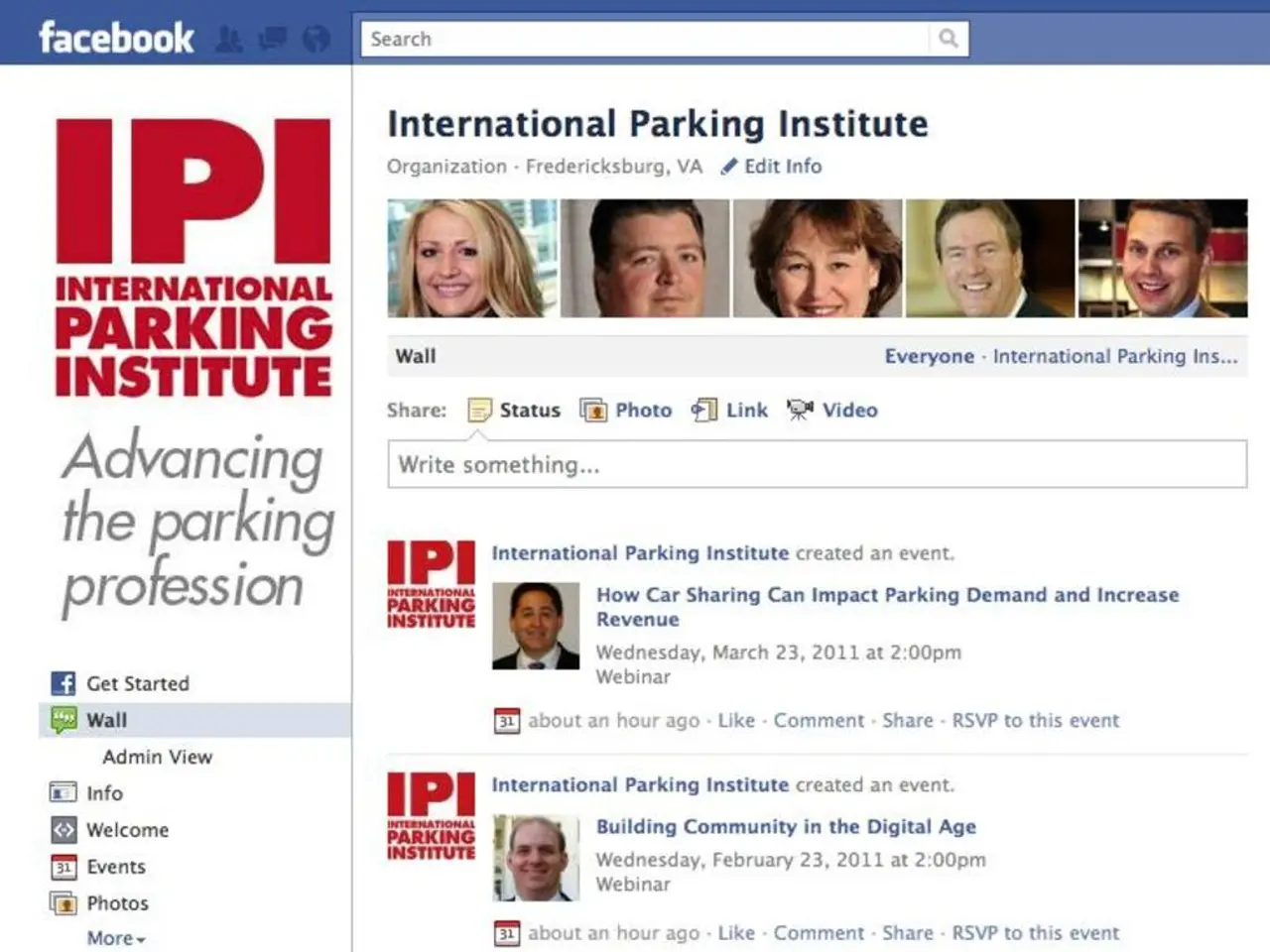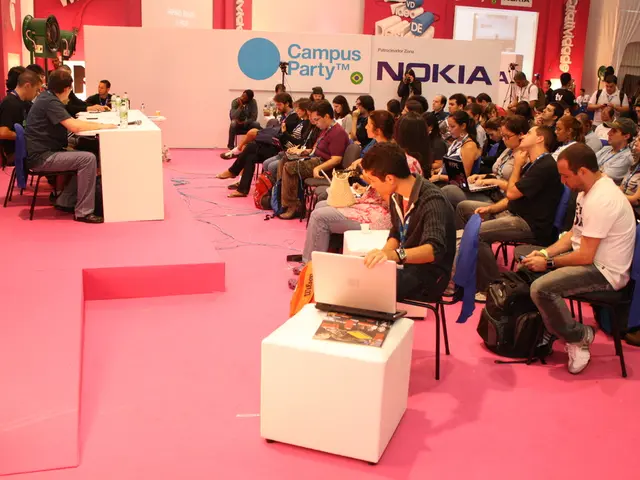A scant majority of male civil servants among eligible candidates are not utilizing available parental leave options in the government sector.
In a recent report presented by Rep. Kim Ui-sang of the main opposition People Power Party, the usage of paternity leave among government workers in South Korea has been on the rise in recent years.
The report revealed that as of this year, the monthly cap on paternity leave payments has increased from 1.5 million won to 2.5 million won. This increase aims to encourage more men to take advantage of the available leave.
Under the State Public Officials Act, government workers can take parental leave for caring for children aged 12 or younger. The maximum duration for parental leave per child is three years. During this time off, employees receive up to 80% of their salary, with 25% of the amount received being withheld to be paid upon the employee's return to work.
In 2023, 96.2% of eligible female government workers took maternal leave, while only 28,850 (39.2%) of these male government workers opted to take paternity leave. The annual percentage of government workers taking parental leave has been rising each year, from 44.8% in 2020 to 52.2% in 2023.
However, a significant gap remains between the usage rates of men and women. Among central government bodies, the Rural Development Administration had the lowest usage rate for paternity leave at 24.6%, while the Prime Minister's Secretariat had a usage rate of 26.7% and the Corruption Investigation Office for High-ranking Officials had a usage rate of 30.8%. The National Police Agency had a usage rate of 32.6%.
The data for this report was obtained from the Ministry of Personnel Management. It's important to note that in 2024, a total of 104,937 government workers were eligible for parental leave, and 58,921 (56.1%) took it. However, there is no publicly available data specifying the exact number of male central government officials eligible for parental leave in 2025.
While an EU directive mandates paid paternity leave, it has not been fully implemented in national law for all employees, including civil servants. A court ruling grants federal civil servants ten days paid paternity leave, but eligibility numbers are not published.
As the usage of paternity leave continues to rise, it's hoped that more men will take advantage of this benefit, helping to bridge the gap between men and women in terms of parental leave usage. The entire time off taken for parental leave is considered a work period, preventing career penalties in promotion considerations, making it a valuable benefit for all government workers.
Read also:
- Impact of a Government Shutdown on Citizens
- Medical Specialist Based in Visakhapatnam
- Individuals in New York afflicted by Legionnaires' disease have legitimate legal entitlements. Here's some essential information on the matter.
- Toxic Shock Syndrome: Signs, Origins, Tampon Connection, and Further Details






